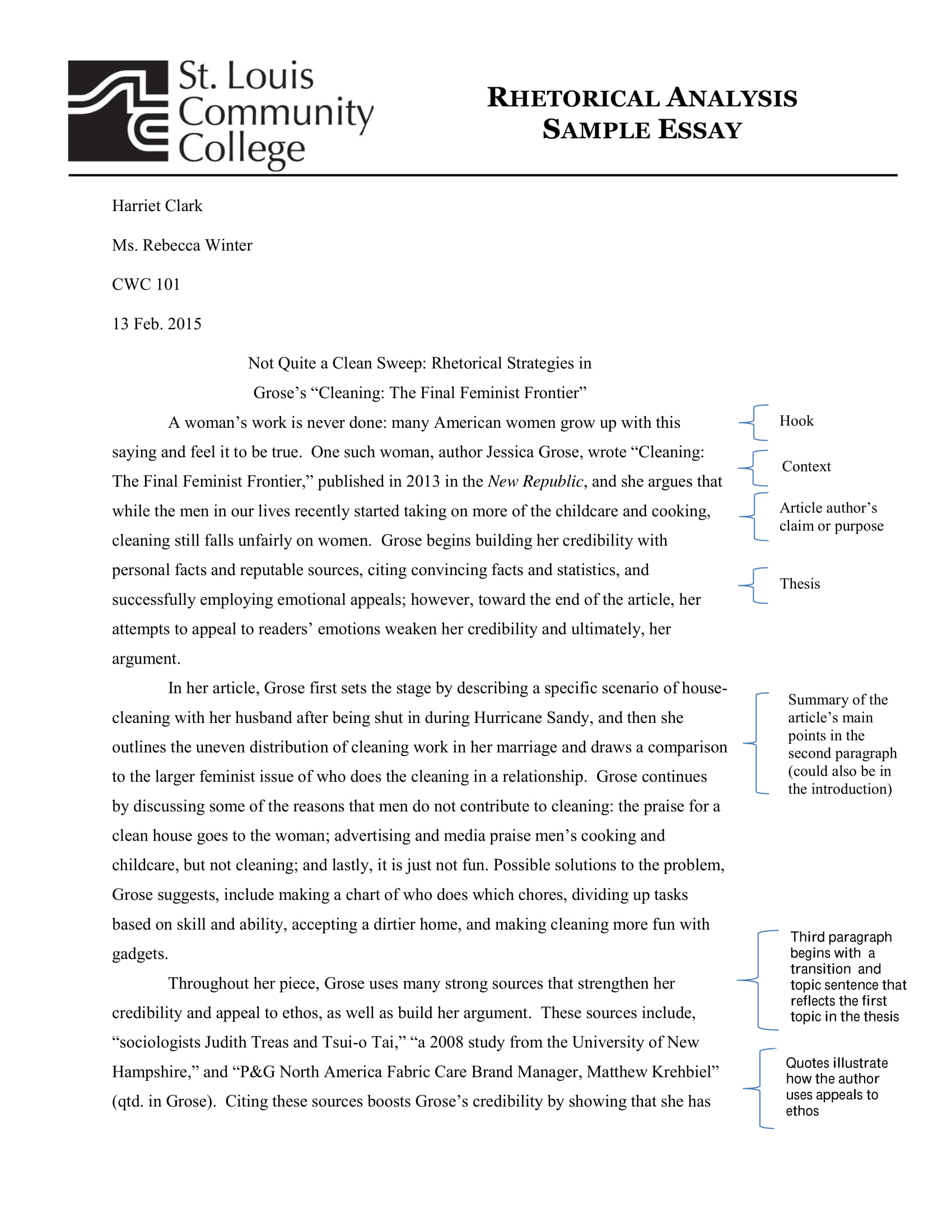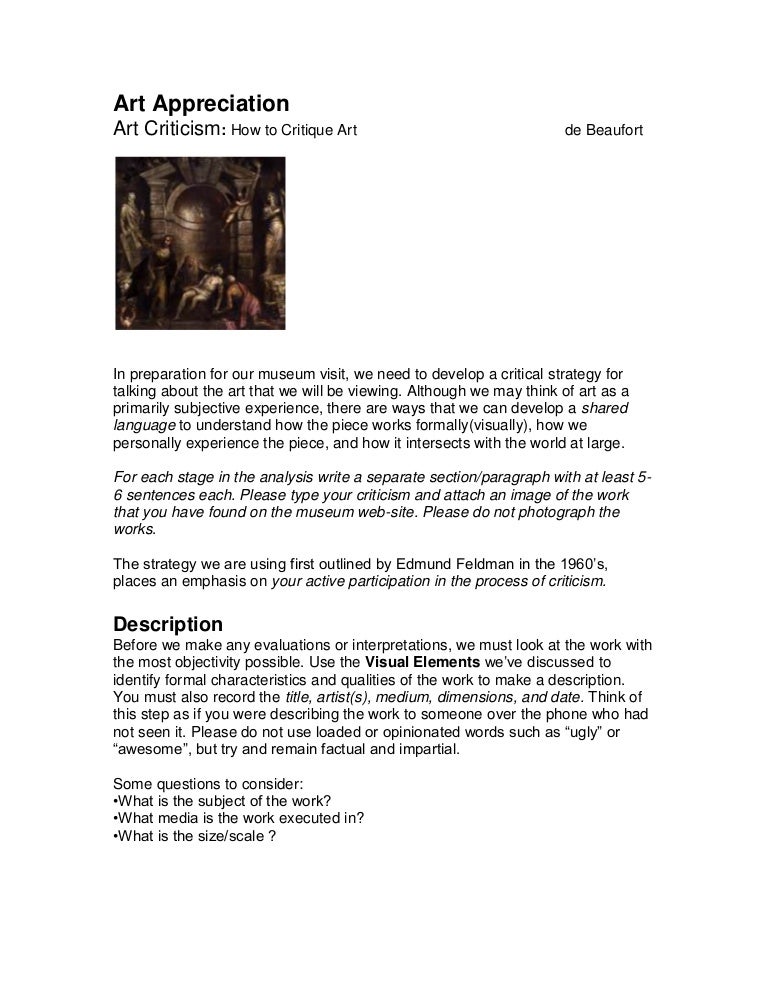
Apr 24, · 'An Essay on Criticism' is written in heroic couplets, meaning rhyming lines of iambic pentameter. Iambic pentameter means each line has five iambs, which are metrical feet consisting of one Feb 28, · An Essay on Criticism was published when Pope was relatively young. The work remains, however, one of the best-known commentaries on literary Oct 13, · In Part I of “An Essay on Criticism,” Pope notes the lack of “true taste” in critics, stating: “’Tis with our judgments as our watches, none / Go just alike, yet each believes his own.” Pope advocates knowing one’s own artistic limits: “Launch not beyond your depth, but be discreet, / And mark that point where sense and dullness meet.”
Essay on Criticism - Words | Bartleby
It offers a sort of master-class not only in doing criticism but in being a critic:addressed to those — it could be anyone — who would rise above scandal,envy, an essay of criticism, politics and pride to true judgement, it leads the reader through a qualifying course.
At the end, one does not become a professional critic —the association with hired writing would have been a contaminating one for Pope — but an educated judge of important critical matters. The next six lines ring the changes on the differences to be weighed in deciding the question:.
The simple opposition we began an essay of criticism develops into a more complex suggestion that more unqualified people are likely to set up for critic than for poet, and that such a proliferation is serious.
The critical function may well depend on a poetic function: this is after all an essay on criticism delivered in verse, and thus acting also as poetry and offering itself for criticism. Literary Criticism of Alexander Pope. Pope, however, decided during the revision of the work for the Works to divide the poem into three sections, with numbered sub-sections summarizing each segment of argument.
This impluse towards order is itself illustrative of tensions between creative and critical faculties, an apparent casualness of expression being given rigour by a prose skeleton. The three sections are not equally balanced, but offer something like the thesis, antithesis, and synthesis of logical argumentation — something which exceeds the positive-negative opposition suggested by the couplet format. The first section 1— establishes the basic possibilities for critical judgement;the second — elaborates the factors which hinder such judgement;and the third — celebrates the elements which make up true critical behaviour.
Art should be derived from Nature, should seek to replicate Nature, and can be tested against the unaltering standard of Nature, which thus includes Reason and Truth as reflections of the an essay of criticism of the original poet-creator, God. In a fallen universe, however, apprehension of Nature requires assistance: internal an essay of criticism alone do not suffice, an essay of criticism.
But Pope stood by the essential point that Wit itself could be a form of Judgment and insisted that though the marriage between these qualities an essay of criticism be strained, no divorce was possible. In the golden age of Greece 92—Criticism identified these Rules of Nature in early poetry and taught their use to aspiring poets. Pope contrasts this with the activities of critics in the modern an essay of criticism, where often criticism is actively hostile to poetry, or has become an end in itself — Virgil the poet becomes a sort of critical commentary on the original source poet of Western literature,Homer.
As well as the prescriptions of Aristotelian poetics,Pope draws on the ancient treatise ascribed to Longinus and known as On the Sublime [12]. Following this ringing prayer for the possibility of reestablishing a critical art based on poetry, Part II elaborates all the human psychological causes which inhibit such a project: pride, envy,sectarianism, a love of some favourite device at the expense of overall design. The ideal critic will reflect the creative mind, and will seek to understand the whole work rather than concentrate on minute infractions of critical laws:.
A perfect Judge will read each Work of Wit With the same Spirit that its Author writ, Survey the Whole, nor seek slight Faults to find, Where Nature moves, an essay of criticism, and Rapture warms the Mind. Most critics and poets err by having a fatal predisposition towards some partial aspect of poetry: ornament, conceit, style, or metre, which they use as an inflexible test of far more subtle creations.
Pope aims for akind of poetry which is recognisable and accessible in its entirety:. Pope performs and illustrates a series of poetic clichés — the use of open vowels, monosyllabic lines, and cheap rhymes:. These gaffes are contrasted with more positive kinds of imitative effect:, an essay of criticism. Again, this functions both as poetic instance and as critical test, working examples for both classes of writer. After a long series of satiric vignettes of false critics, an essay of criticism, who merely parrot the an essay of criticism opinion, or change their minds all the time, or flatter aristocratic versifiers, or criticise poets rather than poetryPope again switches attention to educated readers, encouraging or an essay of criticism them towards staunchly independent and generous judgment within what is described as an increasingly fraught cultural context, threatened with an essay of criticism and critical warfare — If the first parts of An Essay on Criticism outline a positive classical past and troubled modern present, Part III seeks some sort of resolved position whereby the virtues of one age can be maintained during the squabbles of the other.
Thereafter, Pope has two things to an essay of criticism. The other is to insinuate an answer. These pairs include and encapsulate all the precepts recommended in the body of the poem. Pope does however cite two earlier verse essays by John Sheffield, Duke of Buckinghamshire, and Wentworth Dillon, Earl of Roscommon [13] before paying tribute to his own early critical mentor, William Walsh, who had died in [9].
It is a kind of leading from the front, or tuition by example, as recommended and practised by the poem. From an apparently secondary,even negative, position writing on criticism, which the poem sees as secondary to poetrythe poem ends up founding criticism on poetry, and deriving poetry from the ideal critic. It is a poem profuse with images, comparisons and similes.
Much ofthe imagery is military or political, indicating something of the social role as legislator in the universal empire of poetry the critic is expected toadopt; we are also reminded of the decay of empires, and the potentialdecay of cultures there is something of The Dunciad in the poem.
and Joukovsky, N. Categories: Literary CriticismLiterary TheoryPoetry. You must be logged in to post a comment. Share this: Facebook WhatsApp Twitter Email Pocket LinkedIn Reddit Tumblr Pinterest Telegram More Print Skype, an essay of criticism. Like this: Like Loading Leave a Reply Cancel reply You must be logged in to post a comment. Loading Comments Send to Email Address Your Name Your Email Address Cancel Post was not sent - check your email addresses!
Sorry, your blog cannot share posts by email.
Alexander pope An Essay on criticism
, time: 22:59
Feb 28, · An Essay on Criticism was published when Pope was relatively young. The work remains, however, one of the best-known commentaries on literary Oct 13, · In Part I of “An Essay on Criticism,” Pope notes the lack of “true taste” in critics, stating: “’Tis with our judgments as our watches, none / Go just alike, yet each believes his own.” Pope advocates knowing one’s own artistic limits: “Launch not beyond your depth, but be discreet, / And mark that point where sense and dullness meet.” Apr 24, · 'An Essay on Criticism' is written in heroic couplets, meaning rhyming lines of iambic pentameter. Iambic pentameter means each line has five iambs, which are metrical feet consisting of one
No comments:
Post a Comment